What They Are & How Florida Law Supports Their Use
- Allogeneic stem cells are cells donated by someone else (not from your own body). Umbilical cord stem cells come from cord blood or tissue collected after a healthy live birth. They are considered “afterbirth/perinatal” sources, with no impact on the mother or baby following delivery. Clinical studies are exploring their use in conditions like joint degeneration, wound healing, some immune-related issues, and tissue repair.
- The Umbilical Cord is a structure which connects the developing baby to the placenta, supporting growth and development during pregnancy.
- Specifically, many of the cells used are mesenchymal stem cells, often called UC-MSCs, valued because they have strong ability to renew themselves, can develop (“differentiate”) into several kinds of tissues (such as cartilage, bone-like cells, or connective tissues) from research evidence, and tend to be less likely to trigger immune rejection once implanted into another person.
- These stem cells are felt to possess strong regenerative potential: suggested to help reduce inflammation, promote healing, and support repair of damaged tissues. They are not embryonic stem cells, which are not allowed under Florida law.
What the New Florida Law Requires (SB 1768 / HB 1617, effective July 1, 2025)
Florida has passed a law that allows licensed physicians (MD or DO) to use certain stem cell therapies not approved by FDA, provided they meet specific requirements. Key legal requirements include:- Valid medical license and the treatment must be within the physician’s scope of practice.
- The therapy must be for orthopedic conditions, wound care, or pain management only. These are the only categories the law permits for non-FDA-approved stem cell use.
- The stem cells must come from a facility that is FDA-registered and accredited by recognized organizations (e.g. AABB, American Association of Tissue Banks, World Marrow Donor Association, etc.).
- Post-thaw viability data must be provided before administration (showing the cells are still alive).
- Written informed consent is required. The physician must clearly explain that the therapy is not FDA approved; provide realistic expectations of benefits, risks, and alternatives (including doing nothing); encourage consultation with your regular physician.
- Advertising must include a clear statement that the treatment is unapproved by the FDA. Any advertisement or promotion must show this notice in a font not smaller than the largest font used elsewhere.
- Position Statement on Use of Allogeneic Cell Therapies in Florida.
Types of Conditions This Therapy Can Be Used For Under the Law
Under SB 1768, allogeneic / umbilical cord stem cell therapies may legally be offered for:| Orthopedic conditions | Such as joint injuries, tendon or ligament damage, osteoarthritis. |
| Wound care | Especially chronic or non-healing wounds (e.g. diabetic ulcers, surgical wound repair). |
| Pain management | Chronic pain from musculoskeletal causes or other pain not relieved by standard treatments. |
How Stem Cells Are Sourced & Manufactured Responsibly
To ensure safety, quality, and ethical practice, here are the key steps to manufacturing Umbilical Cord Stem Cells:- Collection Cells are collected from umbilical cord blood or tissue immediately after birth, with donor consent. The process is non-harmful to donor or mother.
- Processing & Manufacture
- The facility that handles the cells must be registered with the FDA and follow strict safety, sterility, and manufacturing protocols (including current Good Manufacturing Practices, or cGMP).
- Processing must preserve the cell’s essential characteristics; over-processing (which might alter their function) is not permitted under the law.
- Storage & Viability
- Stem cell products must be stored under validated conditions.
- Before use, there must be a post-thaw viability report (i.e. proof that the cells are still alive and functional after being thawed).
- Ethical Standards
- Only cells from after live births are allowed (umbilical cord or placenta from healthy births). Use of embryonic stem cells or umbilical cord cells after abortion is prohibited.
What You Should Ask Your Physician
Before getting this kind of treatment, you deserve clear answers. Ask:- “Where do the cells come from?” What source and what are the donor criteria?
- “Which facility processed and stored them?” Is it FDA-registered, accredited, following GMP standards?
- “Do you have post-thaw viability data for the cell lot you will use?”
- “Can you explain the risks, benefits, limitations, and alternatives?” Including what is known and not known.
- “Is this legal under Florida’s SB 1768 Law?”
Why This Matters
These regulations are designed to protect patients while expanding access. They aim to ensure that you are treated with ethical stem cell products, with appropriate oversight, full information, and realistic expectations. At Karli Health, we commit to meeting these standards: only using ethically sourced and properly manufactured umbilical cord stem cell products; obtaining consent; providing viability reports; and offering treatment only for orthopedics, wound care, or pain.References:
- Xie, Q., Liu, R., Jiang, J., Peng, J., Yang, C., Zhang, W., Wang, S., & Song, J. (2020). What is the impact of human umbilical cord mesenchymal stem cell transplantation on clinical treatment?. Stem Cell Research & Therapy, 11. https://doi.org/10.1186/s13287-020-02011-z.
- Nagamura-Inoue, T., & He, H. (2014). Umbilical cord-derived mesenchymal stem cells: Their advantages and potential clinical utility.. World journal of stem cells, 6 2, 195-202 . https://doi.org/10.4252/wjsc.v6.i2.195.
- Mebarki, M., Abadie, C., Larghero, J., & Cras, A. (2021). Human umbilical cord-derived mesenchymal stem/stromal cells: a promising candidate for the development of advanced therapy medicinal products. Stem Cell Research & Therapy, 12. https://doi.org/10.1186/s13287-021-02222-y.
- Batsali, A., Kastrinaki, M., Papadaki, H., & Pontikoglou, C. (2013). Mesenchymal stem cells derived from Wharton’s Jelly of the umbilical cord: biological properties and emerging clinical applications.. Current stem cell research & therapy, 8 2, 144-55 . https://doi.org/10.2174/1574888X11308020005.
- Patel, A., Mohamed, A., Rizaev, J., Mallick, A., Qasim, M., Abdulmonem, W., Jamal, A., Hattiwale, H., Kamal, M., & Ahmad, F. (2024). Application of mesenchymal stem cells derived from the umbilical cord or Wharton’s jelly and their extracellular vesicles in the treatment of various diseases.. Tissue & cell, 89, 102415 . https://doi.org/10.1016/j.tice.2024.102415.
- Yea, J., Kim, Y., & Jo, C. (2023). Comparison of mesenchymal stem cells from bone marrow, umbilical cord blood, and umbilical cord tissue in regeneration of a full-thickness tendon defect in vitro and in vivo. Biochemistry and Biophysics Reports, 34. https://doi.org/10.1016/j.bbrep.2023.101486.
- Lei, Q., Gao, F., Liu, T., Ren, W., Chen, L., Cao, Y., Chen, W., Guo, S., Zhang, Q., Chen, W., Wang, H., Chen, Z., Li, Q., Hu, Y., & Guo, A. (2021). Extracellular vesicles deposit PCNA to rejuvenate aged bone marrow–derived mesenchymal stem cells and slow age-related degeneration. Science Translational Medicine, 13. https://doi.org/10.1126/scitranslmed.aaz8697.
- Bartolucci, J., Verdugo, F., González, P., Larrea, R., Abarzúa, E., Goset, C., Rojo, P., Palma, I., Lamich, R., Pedreros, P., Valdivia, G., Lopez, V., Nazzal, C., Alcayaga-Miranda, F., Cuenca, J., Brobeck, M., Patel, A., Figueroa, F., & Khoury, M. (2017). Safety and Efficacy of the Intravenous Infusion of Umbilical Cord Mesenchymal Stem Cells in Patients With Heart Failure. Circulation Research, 121, 1192 – 1204. https://doi.org/10.1161/CIRCRESAHA.117.310712.
- Cao, H., Chen, M., Cui, X., Liu, Y., Liu, Y., Deng, S., Yuan, T., Fan, Y., Wang, Q., & Zhang, X. (2023). Cell-Free Osteoarthritis Treatment with Sustained-Release of Chondrocyte-Targeting Exosomes from Umbilical Cord-Derived Mesenchymal Stem Cells to Rejuvenate Aging Chondrocytes.. ACS nano. https://doi.org/10.1021/acsnano.3c01612.
- Huang, H., Liu, X., Wang, J., Suo, M., Zhang, J., Sun, T., Zhang, W., & Li, Z. (2023). Umbilical cord mesenchymal stem cells for regenerative treatment of intervertebral disc degeneration. Frontiers in Cell and Developmental Biology, 11. https://doi.org/10.3389/fcell.2023.1215698.
- Dhillon, J., Kraeutler, M., Belk, J., & Scillia, A. (2022). Umbilical Cord–Derived Stem Cells for the Treatment of Knee Osteoarthritis: A Systematic Review. Orthopaedic Journal of Sports Medicine, 10. https://doi.org/10.1177/23259671221104409.
- Marmotti, A., Mattia, S., Castoldi, F., Barbero, A., Mangiavini, L., Bonasia, D., Bruzzone, M., Dettoni, F., Scurati, R., & Peretti, G. (2017). Allogeneic Umbilical Cord-Derived Mesenchymal Stem Cells as a Potential Source for Cartilage and Bone Regeneration: An In Vitro Study. Stem Cells International, 2017. https://doi.org/10.1155/2017/1732094.

